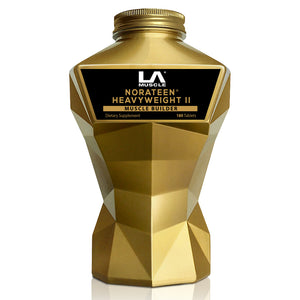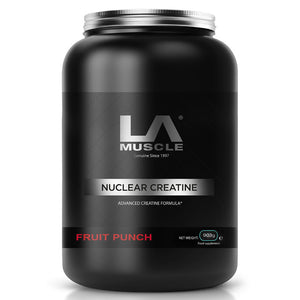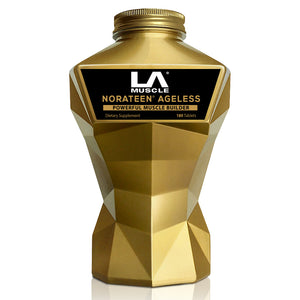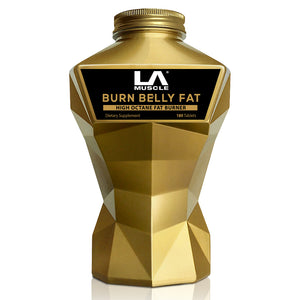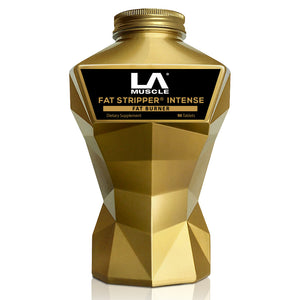
The cold plunge, or cold-water immersion, is a process often used as a type of recovery training. A cold plunge involves submerging the body in very cold water, often 15*C or below, for a short period of time. Cold plunges are believed to have a number of health benefits, which include promoting muscle recovery, increasing circulation, improving mood, and many other.
A primary benefit of a cold plunge is muscle recovery. Cold water immersion helps to reduce muscle soreness and fatigue after a workout. When fully immersed in cold water, it promotes increased blood flow to the muscles which helps to improve muscle recovery. Improving blood flow with cold water immersion lessens lactic acid build-up in the muscles, contributing to more efficient muscle recovery.
A regular cold plunge can also improve mood in many people. The cold temperatures of a cold plunge can help to reduce stress levels and promote relaxation, providing a calming effect, after the initial shock of the cold of course. Immersion for just a short time in cold water can also stimulate the production of endorphins, which will help to boost mood.
Making cold plunges a regular habit can improve overall mood in many people, along with the additional accomplishment of overcoming something which is initially intimidating, uncomfortable and somewhat of a challenge.
Additionally, a cold plunge can help to improve circulation, and help with reducing inflammation internally. Cold water immersion helps to reduce inflammation in the body by constricting blood vessels, forcing more blood into the circulatory system, and reducing blood flow to the inflamed areas. The same process that reduces inflammation as a result of cold-water immersion, helps to improve oxygen delivery to beneficial cells. Superior oxygen delivery to the body’s cells contributes to lesser aches and pains, and further improved recovery.
In further detail, cold plunges provide their many benefits by activating cold shock proteins (CSPs), which are a group of proteins found in many living organisms, used to help with survival in cold temperatures. By immersing the body in cold water and exposing it to a low temperature, we can promote significant cold shock protein production, which can not only help the body get used to adapting to lower temperatures, but also to reap the benefits of increased cold shock protein production internally.
Overall, regular increased CSP production from exposure to the cold can improve mood, improve muscle recovery, and even improve the performance of the immune system. Taking a cold plunge a few times each week could be great for your mental and physical health, if you can handle it!



